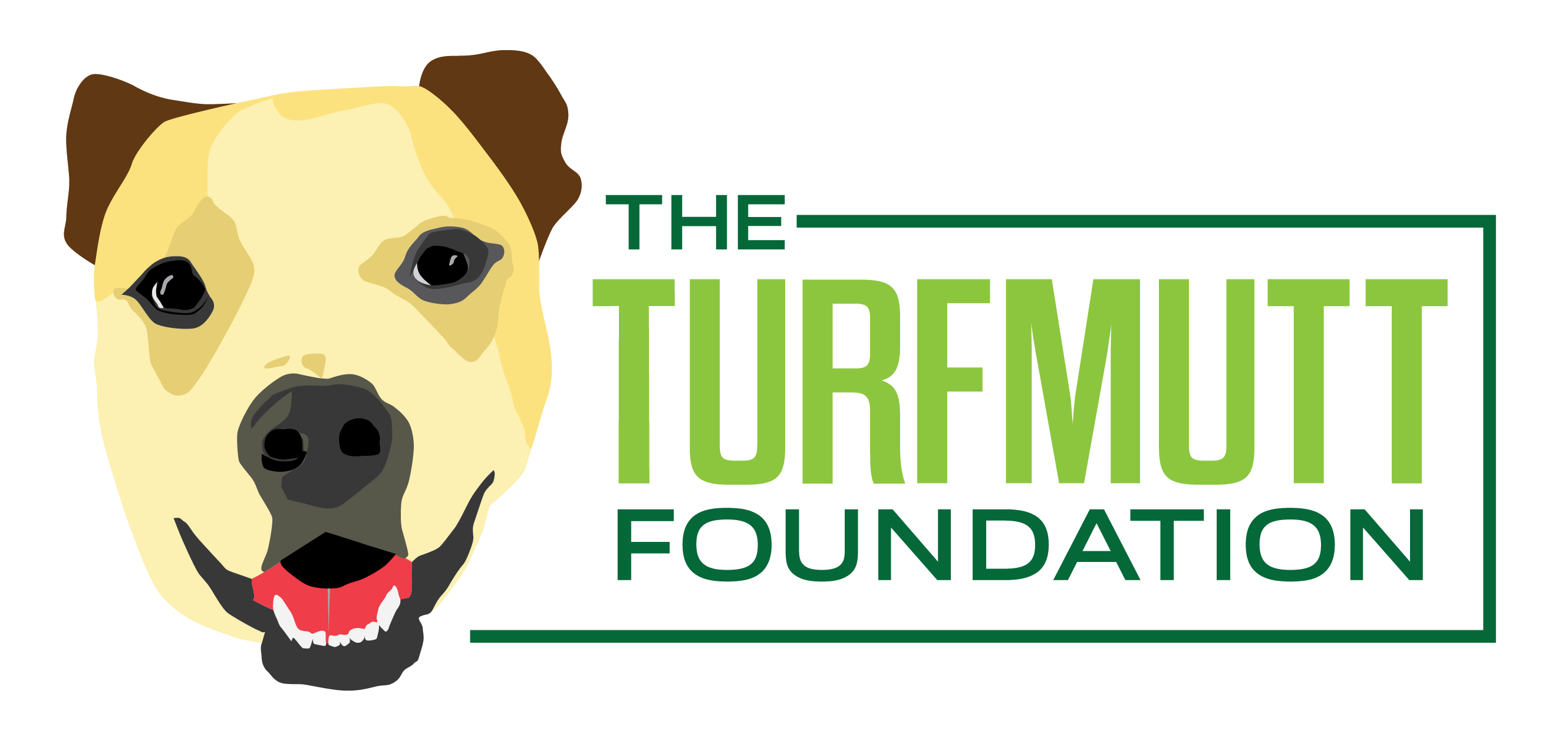Tips from the TurfMutt Foundation to Yard Your Way for the Planet
Apr 15, 2024Reminds that Nature Starts At Your Back Door
For fifteen years the TurfMutt Foundation has advocated for the care and use of yards, parks, and other green spaces – what the Foundation calls “backyarding.” The outdoor areas around us makes everyday activities like working, dining, and working out more enjoyable, and they are also good for the planet.
“When properly planted and cared for, our yards and community parks can affect climate change on a microlevel and provide support for backyard wildlife and pollinators,” said Kris Kiser, President & CEO of the TurfMutt Foundation. “Remember, nature starts at your back door, and when done right, your yard is good for people, pets and the planet.”
The essential elements that make up your yard and our community parks and public green spaces – including plants, shrubs, trees, and grass – are “environmental superheroes.” Just to name a few benefits, they capture and filter rainwater, produce oxygen, and absorb carbon.
You get to decide how to create a backyard that supports your way of life, shows off your personality, and is designed according to your taste and purpose, adds Kiser. For those with an eco-conscious mindset, here are some tips from TurfMutt to “yard your way” for the planet this spring:
Remember “right plant, right place.” The key to successful eco-friendly backyarding is selecting plants that support your family’s lifestyle and ones that will thrive in your climate zone (with minimal input from you). Refer to the USDA’s Plant Hardiness Zone Map to find the plants, shrubs and trees that are best suited for your home.
Choose real grass. Research has shown that yards must be full of live plants to be beneficial to the local environment. Real turfgrass is a major carbon sink. According to this report, an average-sized home lawn in the U.S. has the potential to sequester 20.3 to 163.4 kg C/lawn/year. Artificial grass, on the other hand, cannot typically be recycled, has to be cleaned and cooled off with water, and is hot.
Plant for pollinators. Bees, butterflies, and birds are not only pretty, they’re also critical to our food system and to maintaining biodiversity in our human-made environments. Selecting a variety of native plants that have evolved for your region that will bloom throughout the year is just one way you can support pollinators with your plantings.
Water wisely. Watering too much is actually bad for turfgrass because over-watered grass gets lazy, growing roots in a horizontal pattern. With less water, grass sends its roots deeper and vertically to seek water. By working harder, grass does a better job of sequestering carbon and releasing oxygen.
Mowing know-how. You should only cut off about a third of the height of the grass blades per mow to produce a stronger, healthier lawn. That’s because longer grass blades collect more sunlight, resulting in a thicker turf that has a deeper root system. This helps the grass retain moisture and fight off weeds. Scientists have also found that recycling grass clippings on lawns (called grasscycling) will help your grass sequester even more carbon.
For more, sign up for Mutt Mail, a monthly e-newsletter with backyarding tips and all the news from the TurfMutt Foundation here. To learn more about creating the yard of your dreams, visit TurfMutt.com. Look for Mulligan the TurfMutt on the CBS Lucky Dog television show on Saturday mornings.
About TurfMutt
TurfMutt, which is celebrating its 15th anniversary in 2024, was created by the Outdoor Power Equipment Institute’s (OPEI) TurfMutt Foundation and has reached more than 70 million children, educators and families since 2009. Championed by Foundation spokesdog, Mulligan the TurfMutt, and through education partners such as Weekly Reader, Discovery Education and Scholastic, TurfMutt has taught students and teachers how to “save the planet, one yard at a time.” Today, TurfMutt is an official USGBC® Education Partner and part of their global LEARNING LAB. TurfMutt has been an education resource at the U.S. Department of Education’s Green Ribbon Schools, the U.S. Department of Energy, the U.S. Environmental Protection Agency, Green Apple, the Center for Green Schools, the Outdoors Alliance for Kids, the National Energy Education Development (NEED) project, Climate Change Live, Petfinder and the U.S. Fish and Wildlife Service. In 2017, the TurfMutt animated video series won the coveted Cynopsis Kids Imagination Award for Best Interstitial Series. TurfMutt’s personal, home habitat was featured in the 2017-2020 Wildlife Habitat Council calendars. More information at www.TurfMutt.com.
